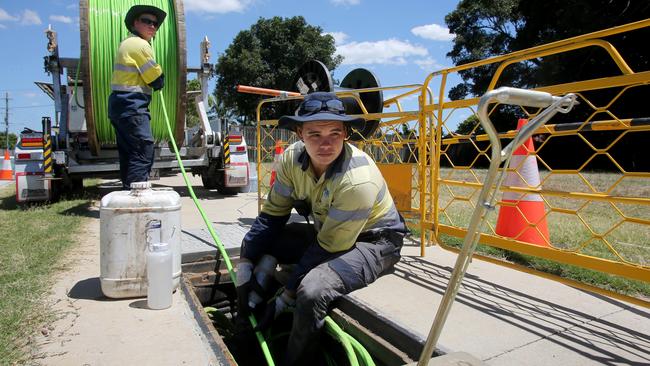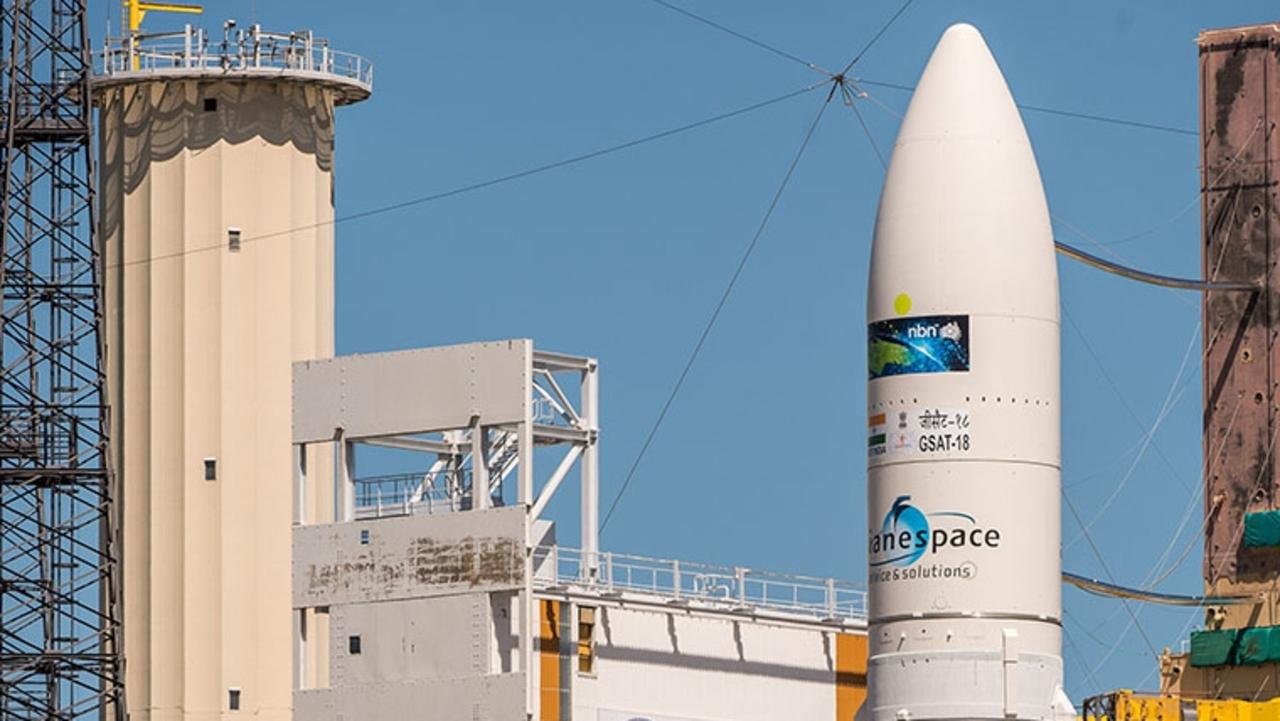Study shows more than one third of Australians have no interest in the NBN
NEW research shows that when it comes to the NBN, Australians are still heavily divided about what it all means.

AS MANY Australians eagerly await for their residential area to be switched on to the National Broadband Network (NBN) for a chance at better internet, new research shows a big divide among Aussies when it comes to the project.
It’s one of the biggest infrastructure programs in our nation’s history but evidently not everyone is clamouring to sign up.
A survey carried out by consumer comparison website finder.com.au found that a huge chunk of Aussies occupy polar opposite positions when it comes to excitement over the NBN.
About one in four (28 per cent) Australians — equivalent to five million people — say they will switch to the network as soon as it’s available at their address.
At the other extreme, 37 per cent (or 6.7 million Aussies) are completely in the dark, admitting they don’t know anything about the NBN, according to the survey results.
The mostly taxpayer-funded company has been plenty active with their public relations efforts producing ads that don’t quite make sense and making strange Instagram posts — but it seems the message of what the network actually means for taxpayers has been lost on some.
The fact that some Australians thought they could just say ‘no’ to the NBN came as a surprise to finder.com.au’s tech expert Alex Kidman.
“By 2020, every household in Australia will have to switch to the NBN — there’s simply no way around it,” he said.
“What’s interesting is that there doesn’t seem to be much of a middle ground among Australians. There are those who absolutely cannot wait for it to arrive, and then close to two fifths haven’t got a clue,” he added.
Recently released statistics from Roy Morgan Research showed that by the end of 2016, more than 1.2 million Australian homes and businesses were connected to the national network. Of these, 11 per cent had not been connected to any fixed home internet service a year earlier.
Currently, the NBN says about two million premises have been activated on the network.
For the better part of the past decade, the political battle that plagued the building of the NBN has been over the type of technology that will be used to connect residents.
The dispute pitted the more expensive and time consuming, but ultimately more advanced, full fibre network against the Coalition-preferred multi technology mix which used pre-existing copper and pay TV networks. Of course, the latter one the day, much to the lament of some technologists.
But as the rollout ramps up, NBN Co chief executive Bill Morrow said that people were really only concerned about when they will get access to the network, not what technology will be used to connect them.
“We seldom if ever get a call or a request about what technology it’s going to be,” he told news.com.au in February.
The company has since updated its online address tracker which lets people get a time frame for when the NBN will be available in their area. Mr Morrow remains confident the project will be completed by 2020.
“The middle of the year we’re gonna get to the halfway point,” he said. “And of course, 12 months from then we’re gonna be at the three-quarter completion point.”




